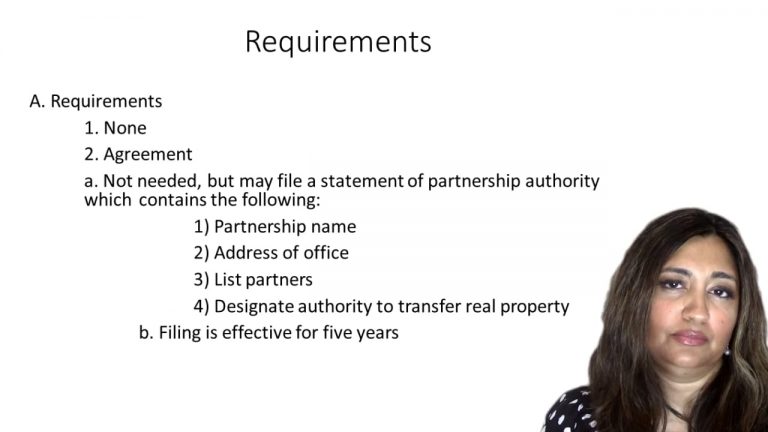SmartBrief
Confirm favorite deletion?
Business Organizations Keyed to Bouchoux
Klaassen v. Allegro Development Corp.
Citation:
106 A.3d 1035 (Del. 2014)Facts
Klaassen founded Allegro in 1984 and has been its CEO until 2007. In 2012, the board began seriously to consider replacing Klaassen as CEO. After the board meeting, the outside directors discussed Klassen’s unwillingness to compromise with the series A investors. By mid-October, 2012, four director defendants decided to replace Klaassen at the next regularly scheduled board meeting. Those four directors held two preparatory conference calls and asked Botts to prepare a draft resolution removing Klaassen as CEO. The directors decided not to forewarn Klaassen that they planned to terminate him, because they were concerned about how Klaassen would react while still having access to Allegro’s intellectual property.
Only StudyBuddy Pro offers the complete Case Brief Anatomy*
Access the most important case brief elements for optimal case understanding.
*Case Brief Anatomy includes: Brief Prologue, Complete Case Brief, Brief Epilogue
- The Brief Prologue provides necessary case brief introductory information and includes:
Topic:
Identifies the topic of law and where this case fits within your course outline.Parties:
Identifies the cast of characters involved in the case.Procedural Posture & History:
Shares the case history with how lower courts have ruled on the matter.Case Key Terms, Acts, Doctrines, etc.:
A case specific Legal Term Dictionary.Case Doctrines, Acts, Statutes, Amendments and Treatises:
Identifies and Defines Legal Authority used in this case.
- The Case Brief is the complete case summarized and authored in the traditional Law School I.R.A.C. format. The Pro case brief includes:
Brief Facts:
A Synopsis of the Facts of the case.Rule of Law:
Identifies the Legal Principle the Court used in deciding the case.Facts:
What are the factual circumstances that gave rise to the civil or criminal case? What is the relationship of the Parties that are involved in the case.Issue(s):
Lists the Questions of Law that are raised by the Facts of the case.Holding:
Shares the Court's answer to the legal questions raised in the issue.Concurring / Dissenting Opinions:
Includes valuable concurring or dissenting opinions and their key points.Reasoning and Analysis:
Identifies the chain of argument(s) which led the judges to rule as they did.
- The Brief Prologue closes the case brief with important forward-looking discussion and includes:
Policy:
Identifies the Policy if any that has been established by the case.Court Direction:
Shares where the Court went from here for this case.
Topic Resources
Topic Outline
Topic Refresher Course
Topic Charts & Notes

 2m 27s
2m 27s